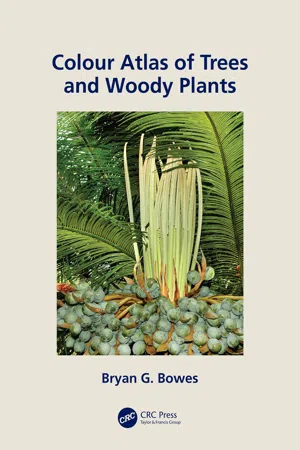
- 154 pages
- English
- ePUB (mobile friendly)
- Available on iOS & Android
Colour Atlas of Woody Plants and Trees
About This Book
Trees and plants are important components of the human environment having significant presence beyond agricultural and recreational values. Colour Atlas of Woody Plants and Trees presents a photographic compilation of morphological features of trees and shrubs giving attention to their unique aspects not presented in existing books. By increasing awareness to users through high quality, full-color photographs and informative text, this book demonstrates the enormous diversity of vascular trees and plants living today.
Features:
- Full color atlas offers concise, but highly informative text accompanied by over 200 high-resolution digital tree images
- Contains images of the anatomy of tree structures and evolution of the most important features of trees
- Presents information on the varied structure and morphology exhibited by trees and demonstrates their vital importance in the current struggle for the survival of our human society
- Surveys the most important morphological features of plants, shrubs and trees
- Presents aspects of plants and trees both common and rarely seen in nature
Bryan Geoffrey Bowes is a retired Senior Lecturer in the Botany Department at Glasgow University and was a Research Fellow in ETH Zurich, Harvard University, and University of New England, Australia. His research interests encompass plant anatomy and ultrastructure, plant regeneration, and morphogenesis in vitro.
Frequently asked questions
Information
1 Introduction
Land Plants


Brief Survey of Ancient Land Plants


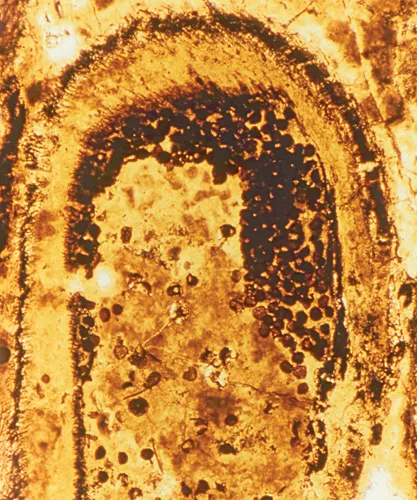
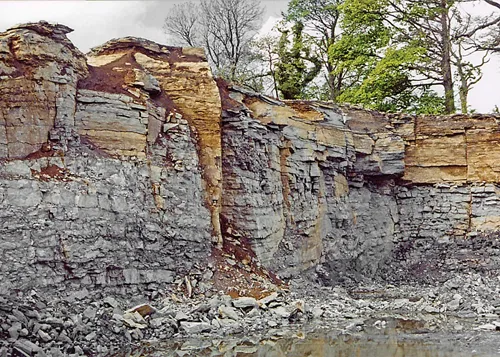

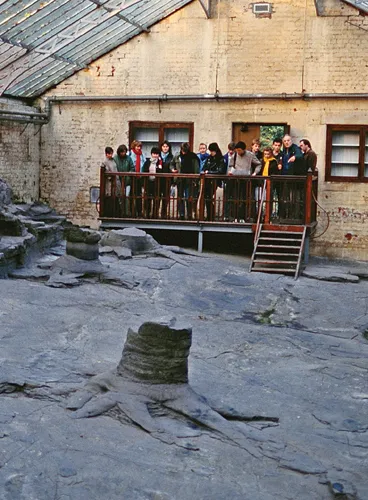
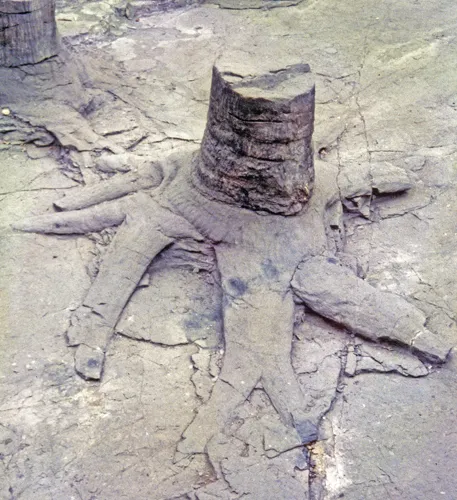


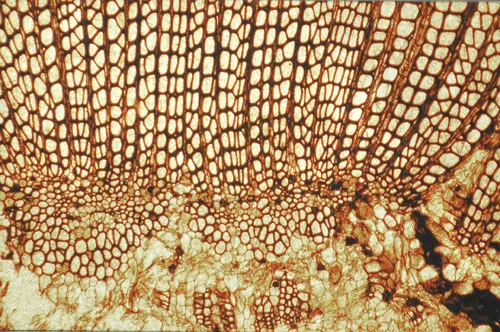


Table of contents
- Cover
- Half-Title
- Title
- Copyright
- Dedication
- Contents
- Preface: Trees and Why We Love Them
- Acknowledgements
- Author
- Chapter 1 Introduction
- Chapter 2 Anatomy of Trees and Woody Plants
- Chapter 3 Roots of Trees and Woody Plants
- Chapter 4 Tree Leaves: The Green Sugar Factory
- Chapter 5 Reproduction in Trees and Woody Plants
- Chapter 6 The Importance of Trees in the Environment
- Chapter 7 Trees and Their Links with Human Cultures
- Index